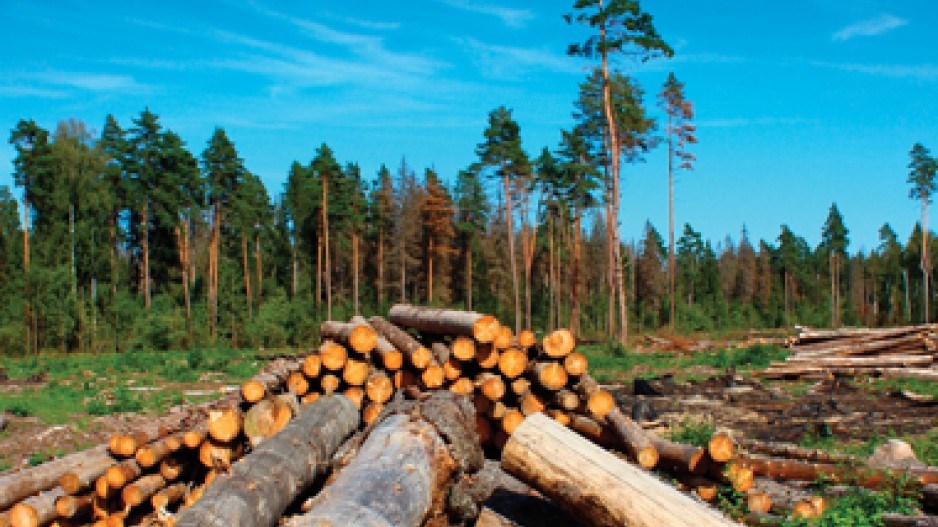Canada’s forestry industry is second only to agriculture when it comes to increased sector productivity, according to a new report released by the Forest Products Association of Canada (FPAC), and British Columbia has been on the leading edge of that.
The study – released May 6 at the PwC’s annual Global Forest and Paper Industry Conference – found that Canadian forestry companies improved productivity by about 2.5% annually over the last decade.
That compares with about 0.7% for all other sectors of the Canadian economy, said FPAC CEO David Lindsay.
“We’re ahead of the average and we’re the second most advanced business sector in terms of productivity, right behind agriculture,” Lindsay said.
B.C. forestry companies improved their productivity by 4.7% annually over the last decade.“The British Columbia wood production side had the best numbers,” Lindsay said.
The forest sector has gone through some tough years, forcing some of the less efficient mills to close. Man of the mills that survived were upgraded to improve efficiency or to make new products for new markets, including China.
“Most of the productivity improvements have come from the use of new technology, better processes, better equipment,” Lindsay said. “We’ve got a more educated workforce dealing with more sophisticated machinery.”
It’s not just that sawmills and pulp and paper mills are able to do more with fewer workers – they are also doing more with their raw materials.
“In the sixties and the early 70s, when you cut down a tree in Canada, the average forest company was using about 60% of the tree,” Lindsay said, “and now they’re using almost the entire tree.”
Wood waste from sawmills is now either burned in co-generation plants to create energy, or turned into wood pellets, mostly for export as an energy source.




